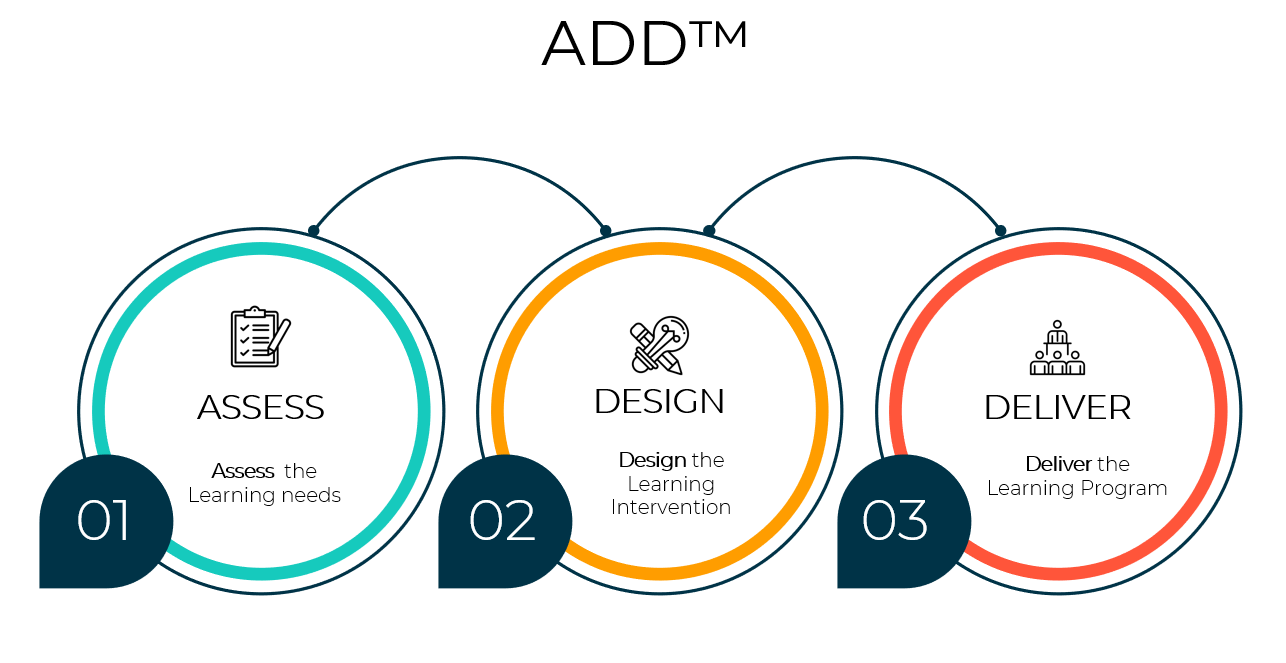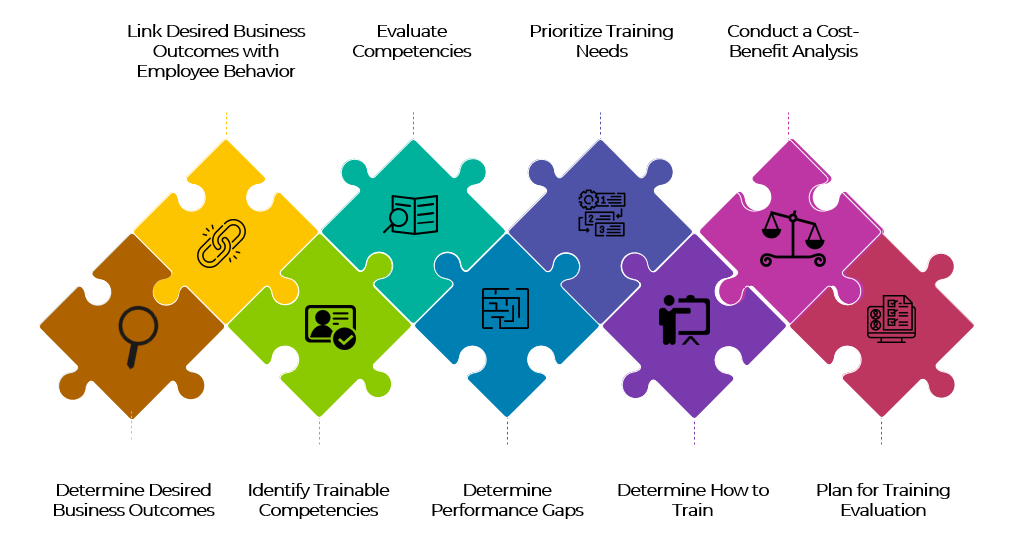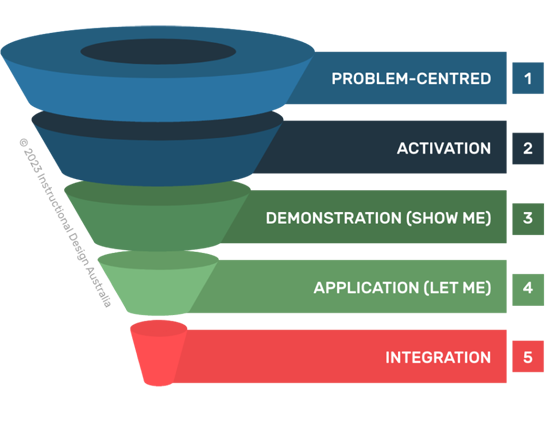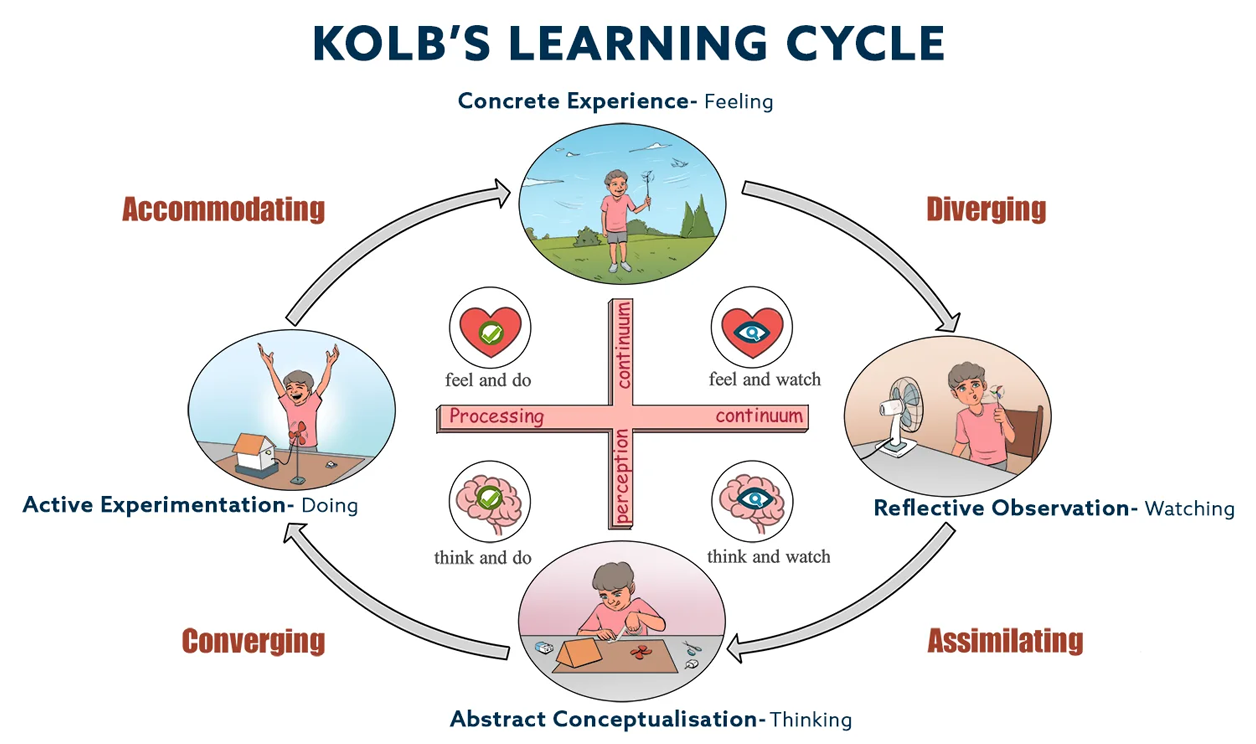+91-6392778482
+91-6392778482
ADD Model - Our Model of Training Operation
We operate through our trade-marked model of training operations called ADD, where we Assess the Learning Needs of our Clients, Design the Learning Intervention according to the needs and learning style of the learners and Deliver the Learning Program by our Experiential Learning Methodology.




For Corporate and for Educational Institutions we facilitate through an experiential learning methodology developed by David Kolb.
Experiential Methodology is a learning methodology where participants learn through experience, basically, it is “learning through reflection on doing.” It helps the participants to understand themselves as a learner and empowers them to take charge of their own learning and development.
This methodology supports performance improvement, productivity, and ownership, and inculcates an inner drive to excel in life in general.
For this, we employ experiential learning tools like Quizzes, Games, Icebreakers, Energizers, Brainstorming, Video Learning, Case-Studies, Stories, Role-plays, Team Activities, Q & A sessions, Activities, Question-Based discussions, Pre-Assessment and Post Assessments.

